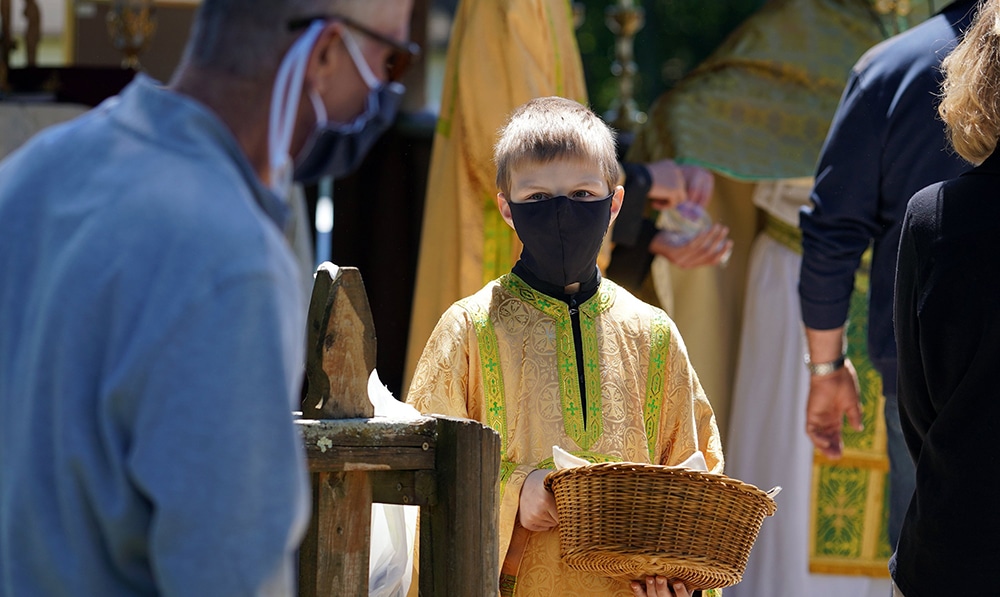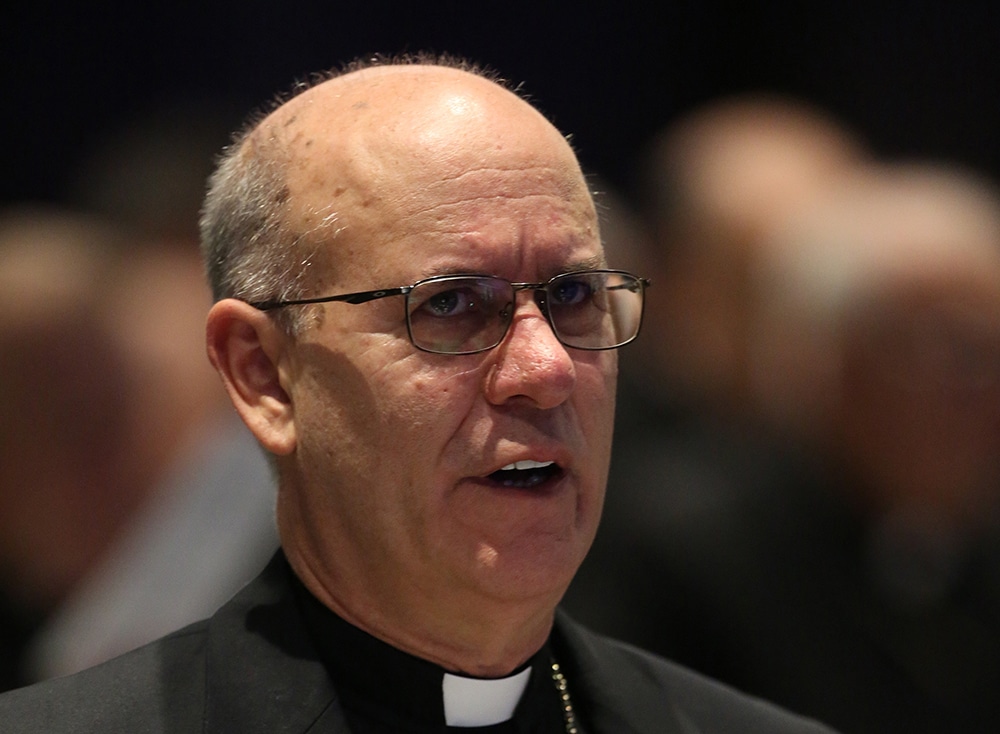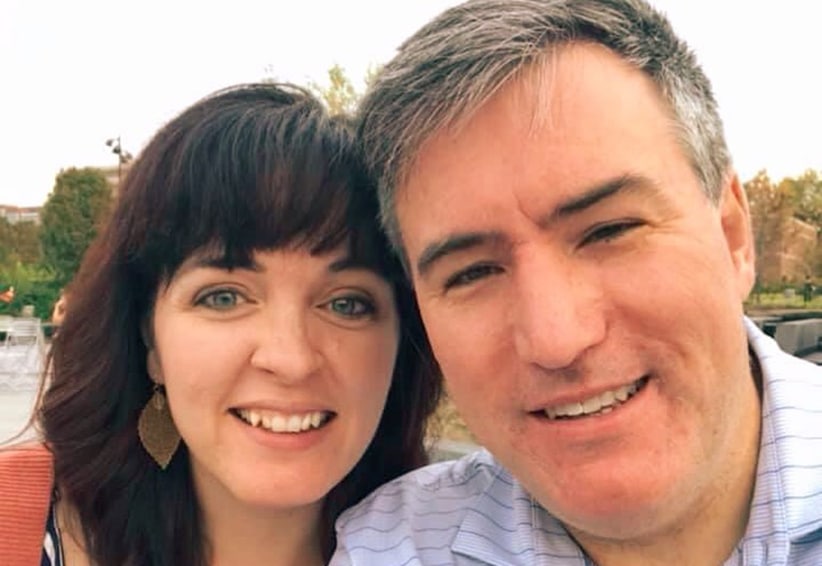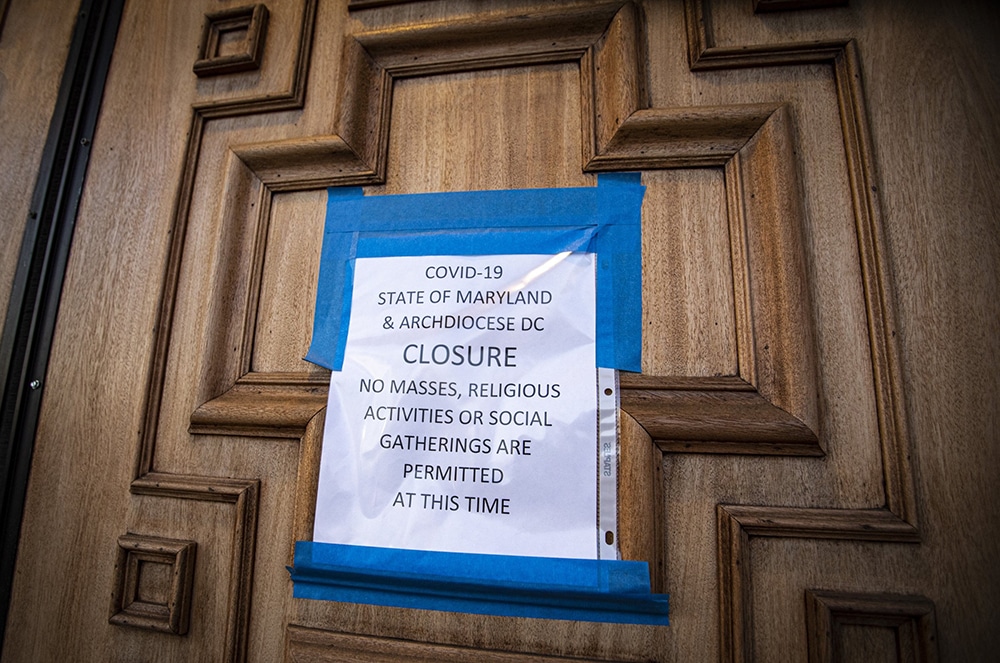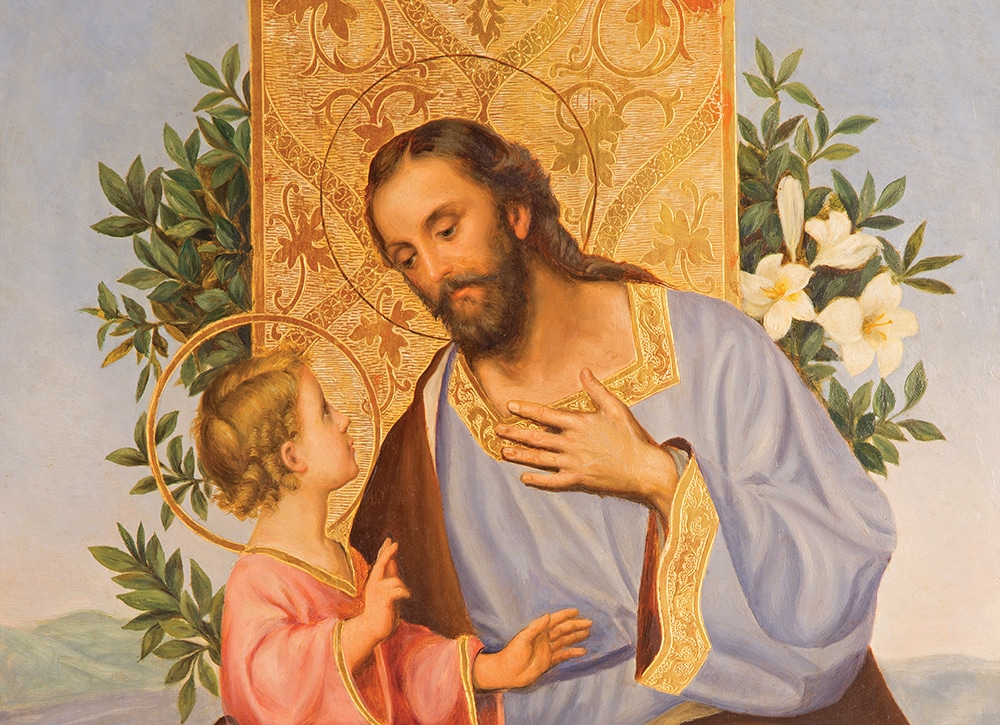Looking over the finances, Father Joseph Devlin said he is surprised with how well his parish in Milmont Park, Pennsylvania, is faring almost a year into the novel coronavirus pandemic.
“I think I assumed that we would be in a worse place financially than we are. We are down slightly with giving, but it’s not as severe as I would have thought,” said Father Devlin, pastor of Our Lady of Peace Church, located in the Archdiocese of Philadelphia.
“Some people have been very kind and very supportive in sending in their donations, even if they’re not able to physically attend Mass,” Father Devlin told Our Sunday Visitor.
Other parishes in the archdiocese and across the country have not fared as well and have had to furlough staff, lay off employees and cut back on ministries because of sharp declines in weekend collections amid a year where public Masses were canceled for months before churches reopened with drastically reduced capacities for public health reasons.
“The impact has really been varied, parish to parish, diocese to diocese,” said Michael Brough, an executive partner at the Leadership Roundtable, an organization that promotes best practices in management, finances, communications and human resource development in the U.S. Catholic Church.
Read more from our COVID-19 one year anniversary special section here.
Brough told Our Sunday Visitor that the pandemic has accelerated the restructuring that some dioceses, particularly those in the Northeast and Midwest, were already undergoing to adjust to shifting demographics.
“Some of the dioceses that were doing that kind reorganization carefully and thoughtfully, they’ve really been forced to put mission first, and not just let finances drive their decisions,” Brough said.
Meanwhile, some parishes across the country moved their offertory collections fairly quickly into the pandemic. In a few locations, Brough said collections actually increased as the lay faithful who were in a position to give more recognized the fiscal challenges facing the Church.
“In other parishes and dioceses across the country, particularly those that were already in a precarious situation, where suddenly they had the economic impact of people losing their jobs, we have seen furloughs in staff, even staff reductions, both at the parish and diocesan levels, and that’s certainly impacted the provision of ministry for folks,” Brough said.
Effect on bishop’s appeals
The financial recovery from COVID-19 promises to be a long road for the Church, with financial analysts, bishops, pastors and others telling Our Sunday Visitor that it will likely take a considerable amount of time to rebuild weekend offertories and Catholic charitable giving back to at least pre-pandemic levels.
“There’s absolutely going to be less money for diocesan-wide ministries and programs,” said Patrick Markey, the executive director of the Diocesan Fiscal Management Conference, an organization that provides fiscal and administrative expertise and professional services to the local and national Church.
Markey, who will join the Leadership Roundtable this spring as its inaugural managing partner, told Our Sunday Visitor that the various bishops’ appeals — which raise funds for diocesan ministries and programs — are also likely to experience decreased collections across the country.
Read our editorial on the year of the pandemic here.
“The way those things work best is through parish involvement, so in most dioceses those appeals are going to be down,” said Markey, who added that Catholics have historically been more likely to pledge donations to bishops’ appeals when asked personally by their pastors, usually during Mass.
“If (the bishop’s appeal) is presented via email, I just don’t see the same urge or understanding that it’s a necessity,” Markey said, adding that some archdioceses and dioceses are fortunate to have the benefit of wealthy donors and philanthropists.
“But there are places across the country where there aren’t people like that, and for those dioceses it’s going to be harder,” Markey said.
Priest’s responses
Last spring and summer, the Center for Applied Research in the Apostolate at Georgetown University surveyed the nation’s Catholic bishops, who wrote that they were most worried about parishes not having their regular offertory collections, as well as the financial health of parishioner households, and the ability of the Church to continue paying parish and chancery staff members in the short-and-long run.
“Our surveys show there are cuts being made at the diocesan and parish levels, either cuts to programs, sometimes employees having had to be let go, and there have also been schools closing,” said Mark Gray, the director of CARA Catholic Polls and a senior research associate at CARA.
Gray told Our Sunday Visitor that CARA’s survey data shows about half of Catholics who used to give to their parishes no longer contribute, although many people who have continued to give — either online or in-person — have actually increased their donations. Still, Gray said the Church will likely look very different post-COVID because of the pandemic’s financial headwinds.
“There will be fewer worship sites, fewer schools, fewer programs and probably smaller staffs,” Gray said. “It’s definitely going to be altered.”
According to one CARA survey of parish priests published in December 2020, 1 in 5 priests had reported furloughing some staff and eliminating one or more pastoral programs in order to mitigate the financial consequences of COVID-19. One in 10 priests had laid off some staff while 1 in 6 priests reported that they had decided to close their Catholic elementary schools.
“There may be lower levels of giving, but the costs of keeping up the parishes still remain, so it’s definitely challenging,” Gray said. “And I think it’s even more challenging for Catholic schools because they’ve had declines in enrollment.”
The CARA survey of parish priests also found that 70% of respondents had applied to federal or state assistance programs, such as the Paycheck Protection Program, to help meet payroll.
“The whole idea was to keep people employed, because that’s the best thing for our economy,” said Markey, who added that the Diocesan Fiscal Management Conference encouraged member Catholic entities to consider applying for PPP loans if they had a real need.
Wise stewardship
The Associated Press published at least two reports questioning why the “Roman Catholic Church” had obtained millions of dollars in taxpayer pandemic relief funds, a framing that various Church officials and experts said was misleading.
“The Church isn’t one massive organization,” Gray said. “It’s a lot of little organizations, working under the umbrella of the Catholic Church, with very small budgets. It isn’t as if there’s one giant bank account and one financial administrator overlooking the whole Church.”
Bishop Richard Stika of Knoxville, Tennessee, said collections are down across the board in his diocese, which he said has many blue-collar workers who have been laid off during the pandemic. But even with those economic struggles, Bishop Stika said his annual diocesan appeal “seems very solid” and added that some parish collections are running about 85 to 90%.
“My great concern has to do with second collections, because those are the ones that so often rely on the basket being passed around in church,” said Bishop Stika, adding that so far none of his diocesan employees have had to be furloughed.
“I think any bishop is keeping a watch on finances, and so are pastors, just trying to be wise stewards,” Bishop Stika said.
Wise stewardship will be one key factor in how finances will impact the Church, post-COVID. With fewer resources, pastors, bishops and lay ecclesial staff will need to reassess and prioritize ministries, programs and other initiatives. If there is one financial-related silver lining, observers said it’s that the challenging financial picture could prompt the Church to be more mission-oriented in the years ahead.
“Pope Francis has made it clear that we either come out of this better, or we come out of this worse,” Markey said. “There’s no going back to the way we were because that wasn’t working.”
Brian Fraga is a contributing editor for Our Sunday Visitor
| ‘We’re not contracting; we’re growing’: OSV helps parishes thrive amid the storm |
|---|
| Despite being closed for several weeks last year because of COVID-19, Father Bob LaCroix said his Michigan parish met all its budget goals for the 2020 fiscal year.
“Which is remarkable. We had two months of closed churches and then a reluctance with people coming back to Mass,” said Father LaCroix, the pastor of Holy Family Church in Novi, Michigan. Father LaCroix attributed the parish’s solid financial standing, even amid a pandemic, in large part to a yearslong program of spiritual renewal. He also credited the parish’s involvement with Our Sunday Visitor’s online giving and increased offertory programs over the last four years. “In our first three years, we received a 21% increase in offertory giving. Not pledges, but giving,” said Father La Coix, who added that the parish brings in half of its income through the OSV online giving platform. He said Holy Family Church has already seen more financial pledges less than a month into its fourth year using OSV’s increased offertory program. “We’re over budget. Our income is better than we were expecting,” Father La Croix said. “We’re not contracting; we’re growing.” The pandemic not only shut down public worship across the country last spring, it also resulted in reduced seating capacity for most churches when they reopened in the late spring and early summer. That led to parishes everywhere feeling the financial crush with the loss of weekend collections. Many parishes responded by incorporating online giving to maintain revenue during the shutdowns. Parishes that used Our Sunday Visitor’s online giving platform said the service helped bring in needed revenue to pay employees, keep the lights on and maintain social outreach ministries such as food pantries. “When we first did the online giving program, almost immediately we jumped up to where 40 percent of our Sunday and holy days collections were coming from (electronic funds transfers), and it’s grown since then,” said Father Dan Bedel, the pastor of St. Patrick Church in Terre Haute, Indiana. Father Bedel said slightly more than half (about 52%) of his parish’s collections now arrive through the Our Sunday Visitor online giving platform that the church began using in 2017. “Which means that when we have a situation like this when people aren’t coming physically to church and they’re not dropping off their envelopes in the basket, we still have regular revenue that helps keep the lights on and pays our staff and really just keeps the ministry going even when things are tough,” Father Bedel said. The Our Sunday Visitor online giving and increased offertory program helped cultivate a sense of giving at St. Patrick’s where parishioners believe in their church’s mission, Father Bedel said. “Because there’s buy-in from the community, they see the good things that are being done,” Father Bedel said. “And I think that has cultivated our parishioners so that when the crisis hit, their gut instinct was to say, ‘OK, our parish is going to be one of those parishes that’s actually going to be helping the community, and it’s going to be making a difference.'” |

